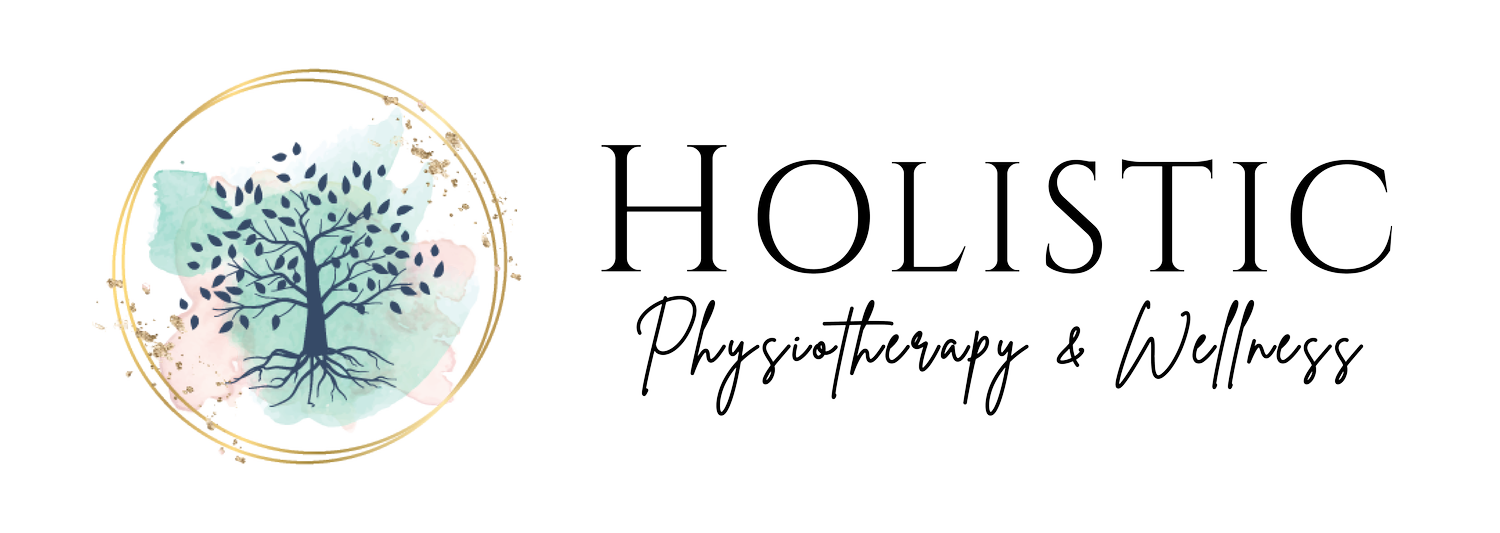The Stress Response & Our Nervous Systems
Written by Madolyn Linka | September 14, 2020
It is no surprise that this year has had trials and tribulations. Oftentimes, the uncertainty of the unknown translates into an experience of stress, anxiety or unease. The past 6 months with the events of a global pandemic, the economy ceasing to operate for months and a restriction on international travel have all altered our “normal” routines. For some, this was a time to slow down to do less and to take up a new hobby or skill set. For others, it was a time of distress, unpredictability and financial burden that might have been difficult to confront on an ongoing basis. No matter how the pandemic has affected your personal, professional or extra curricular life, it is safe to say we all experienced a shift in our nervous systems as our world changed around us.
Here is the low down on how our nervous system works under stress:
It goes back to a very primitive reflex that we all have and is hardwired into our neurology. When there is an approaching stressor, (let’s go back to Caveman days and say it’s a saber tooth tiger) our brain, more specifically our amygdala which controls the input of what we see, attaches an emotion to said danger - Is it a threat? Should we fight or flee? This process is all controlled in the hypothalamus, which is our command center for interpreting the incoming information about our external environment and our physiological reaction to it.
The hypothalamus signals to the autonomic nervous system (ANS), which controls the involuntary and smooth muscles function, such as breathing, digestion, blood vessels, blood pressure etc. There are two parts of our ANS, the sympathetic nervous system, which allows us to upregulate a response by enabling a burst of energy, putting us into “fight-and-flight” mode (to flee from the saber tooth tiger). The second part is known as our parasympathetic nervous system, which helps to de-escalates any of the fight-flight response once the danger has passed. This is known as “rest-digest” mode, which is important for regulating balance. The cascade of hormones and pathways continue in the body to produce what our bodies need to handle any danger, stressor or that saber toothed tiger!
And yet, the ANS is a short term response system. It is not meant to run at full tilt, 24 hours a day, 7 days a week. It will short-circuit if there is not a balance in the system, which causes the brain and bodily organs to take a hit when we have too much of the chronic stress hormone, cortisol coursing through our blood stream.
The mechanics of the spine are intricately connected to the autonomic nervous system through our spinal nerves. The regulation of the fight-flight or rest-digest modes are affected by how much we move and how much we are sedentary. If there is a constant and persistent stressor in our lives, our spine and joints will not be able to move properly, causing issues with joint restrictions, adhesions and the potential to form scar tissue over time. If one segmental area of the spine is under mechanical stress (ie. it isn’t moving properly with surrounding tissues, from sitting in the same position all day or constantly picking up your two year old and holding them on your right hip) then the autonomic nervous system won’t be working properly either. The diagram (to the right) will help to visualize the ANS along the spinal segments. The sympathetics are located in the cervical, thoracic and lumbar spine and the parasympathetics are located in the upper cervical spine & brain stem as well as in the sacrum. When proper movement is allocated to all areas of the spine, better homeostasis or balance is brought to the body through the nervous system and all the surrounding joints, vessels, ligaments, muscles and tissues. This allows us to better handle stressors in our daily lives as they come up, even though we are no longer running away from saber-toothed tigers.
To piggyback this post, here is a great article from Harvard Health about the Stress Response:
https://www.health.harvard.edu/staying-healthy/understanding-the-stress-response
Images: Brain Image - Harvard Health Publications; ANS - Parker University Bookstore




